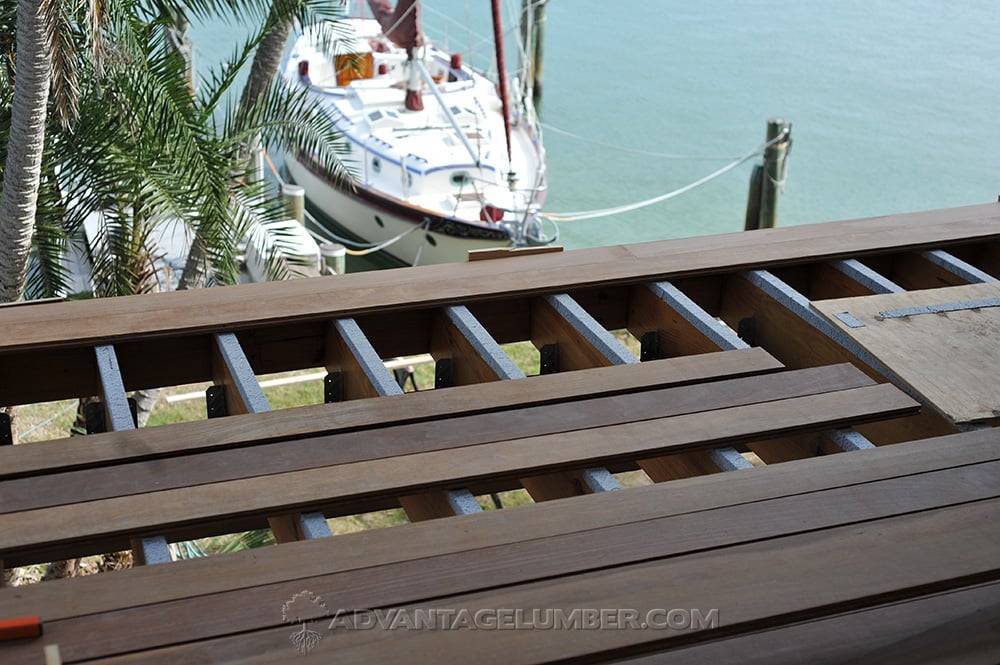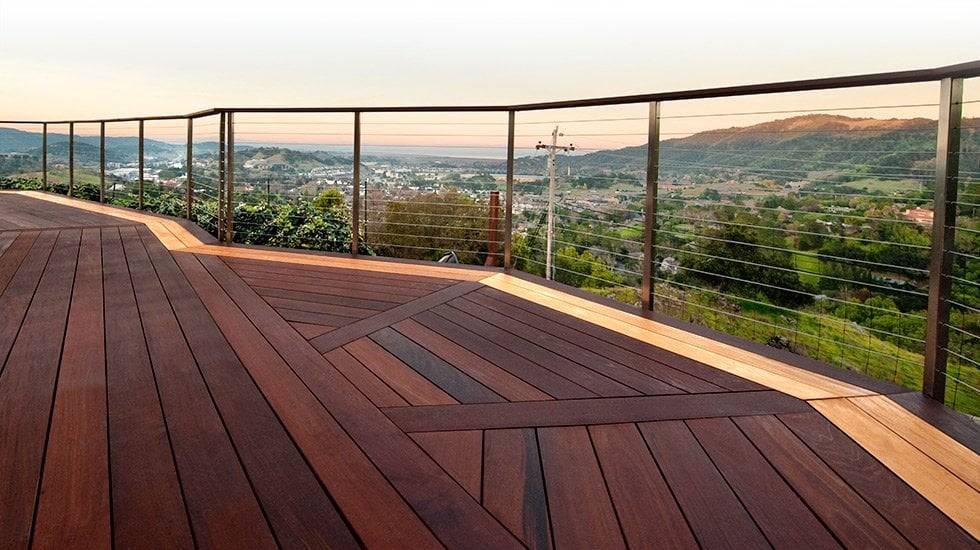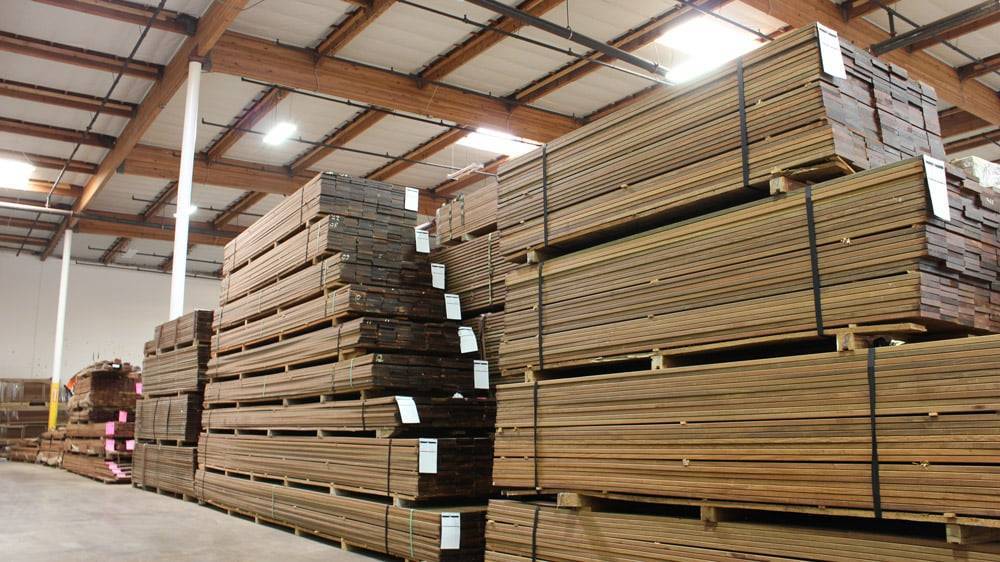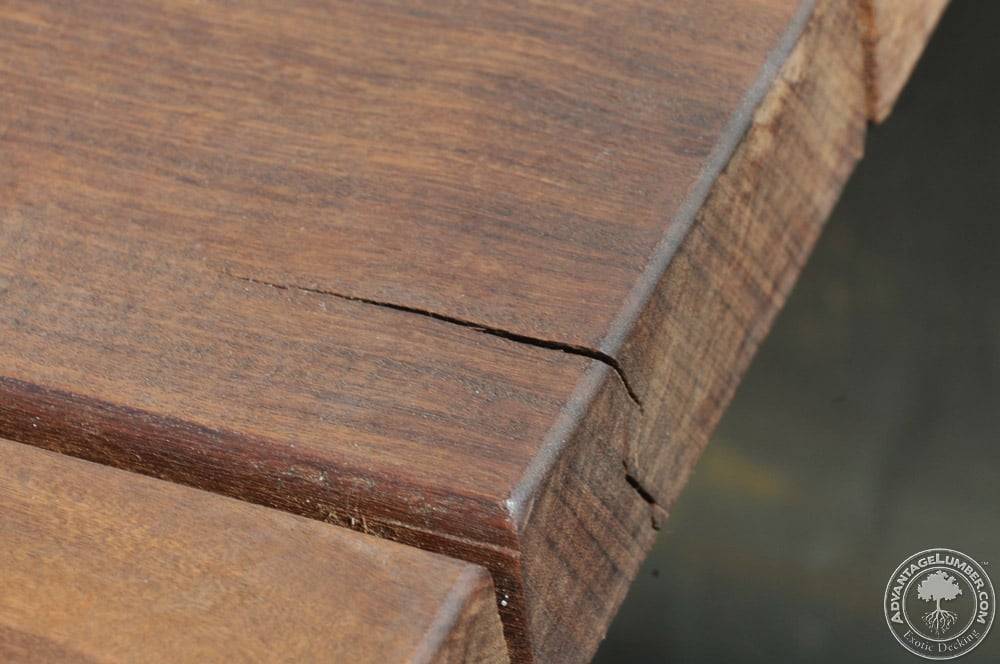Top 5 Best Decking Materials
If you are looking to build a new deck on your house, there are 5 different decking material options you need to consider. These top five decking options are all natural hardwoods from South America that are more durable than Teak and much more affordable as well. Our number one recommended decking material is: Ipe …



